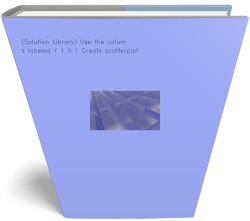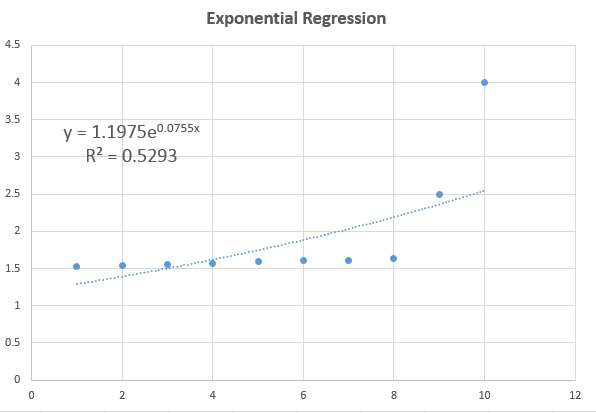Fill in the steps of the hypothesis test for the following problem. Let Population 1 be the population
-
Fill in the steps of the hypothesis test for the following problem. Let Population 1 be the population of convictions in Albany County.
An actuary for the Life Trust Insurance Company is responsible for adjusting automobile insurance rates based on DWI convictions. The New York State Department of Motor Vehicles provided her with the following motor conviction data for a recent year.
| Albany County | Queens County | |
| Total convictions | 24,384 | 166,197 |
| DWI convictions | 558 | 1,214 |
At the 0.01 level of significance, test the claim that the proportion of DWI (driving while intoxicated) convictions is lower in Queens County . Assume that the given data represent random samples drawn from a larger population.
- (1) \({{H}_{0}}:\)
-
(1) \({{H}_{1}}:\)
where \({{p}_{A}}\) and \({{p}_{Q}}\) correspond to the proportion of DWI (driving while intoxicated) convictions in Albany and Queens County , respectively. -
(1) Which hypothesis is the claim? Type an X on the line segment.
\({{H}_{0}}\) : ______ or \({{H}_{1}}\) : ___ ___ - (1) CV:
- (1) P-value:
-
(4 total; 3 procedure, 1 z value) Be sure to define "success" for this problem.
Then, calculate values for all the variables. TS: Show procedure for
Rejection Criteria : - (1) Decision on \({{H}_{0}}\) :
- (5) Conclusion on claim:
Let Population 1 be the population of measures of work expectation for the "preview" group.
In a study of the effect of job previews on work expectation, 60 newly hired bank tellers were given specific job previews and another group of 40 newly hired bank tellers had no previews. Their initial expectations for promotion were measured and the group with the previews had a mean of 19.14 and a standard deviation of 6.56. For the "no preview" sample group of 40 subjects, the mean is 20.81 and the standard deviation is 4.90. (See "Effects of Realistic Job Previews on Hiring Bank Tellers," by Dean and Wanous, Journal of Applied Psychology, Vol. 69, No.1.) At the 0.10 level of significance, test the claim that the two sample groups come from populations with the same mean.
(a) (1) \({{H}_{0}}:\)
(b) (1) \({{H}_{1}}:\)
(c) (1) Which hypothesis is the claim? Type an X on the line segment.
H0: ______ or H1: ______
(d) (1) CV:
(e) (1) P-value as an inequality from Table A-3:
(f) (3, 1) TS: Show procedure for t = \[\frac{({{{\bar{x}}}_{1}}-{{{\bar{x}}}_{2}})-({{\mu }_{1}}-{{\mu }_{2}})}{\sqrt{\frac{s_{1}^{2}}{{{n}_{1}}}+\frac{s_{2}^{2}}{{{n}_{2}}}}}\] . Fill in all values.
(g) (1) Decision on \({{H}_{0}}\) : Since is not true that \(|t|>{{t}_{\alpha /2}}\), then we cannot reject the null hypothesis.
(h) (5) Conclusion on claim: We have to accept the null hypothesis, because we didn’t find enough evidence to reject it.
-
Fill in the steps of the hypothesis test for the following problem.
Let Population 1 be the population of "before defects program."
A company training program is designed to reduce the number of defects created by employees on an assembly line for answering machines. Sample results for randomly selected employees are given below for randomly selected work days. At the 0.05 significance level, test the claim that the training program had no effect on the numbers of defects.Employee A B C D E F G H I Defects before program 24 24 27 19 31 29 33 20 26 Defects after program 17 22 9 12 16 21 15 15 19 Difference 7 2 18 7 15 8 18 5 7
(a) (1) \({{H}_{0}}:\)
(b) (1) \({{H}_{1}}:\)
(c) (1) Which hypothesis is the claim? Type an X on the line segment.
H0: ______ or H1: ______
(d) (1) CV:
(e) (1) P-value as an inequality from Table A-3:
(f) (2) TS: Show procedure for t = \[\frac{\bar{d}-{{\mu }_{d}}}{\frac{{{s}_{d}}}{\sqrt{n}}}\] .
(g) (1) Decision on \({{H}_{0}}\) :
(h) (5) Conclusion on claim: - Fill in the steps of the hypothesis test for the following problem.
Let Population 1 be the population of paint in ml from Line 1.
Assume that both populations of paint in ml, which fill the cans, are normally distributed.
The Riverside Building Supply Company uses two different lines for filling containers that are supposed to hold 3785 ml (or 1 gal) of paint. A random sample of 25 containers is obtained from the first line, while another sample of 30 containers is obtained from the second line. Both filling processes are statistically stable. The sample results are as follows:
| Line 1 | Line 2 |
| \[{{n}_{1}}\] = 25 | \[{{n}_{2}}\] = 30 |
| \[{{\bar{x}}_{1}}\] = 3789 ml | \[{{\bar{x}}_{2}}\] = 3780 ml |
| \[{{s}_{1}}\] = 29 ml | \[{{s}_{2}}\] = 15 ml |
Test the hypothesis that the first line has a larger standard deviation than the second line. Use a 0.05 level of significance.
(a) (1) \({{H}_{0}}:\)
(b) (1) \({{H}_{1}}:\)
(c) (1) Which hypothesis is the claim? Type an X on the line segment.
H0: ______ or H1: ______
(d) (1) CV from Table A-5:
[First figure the df values.]
(e) (2) TS:
(f) (1) Decision on H0:
(g) (5) Conclusion on claim:
(h) (3) Both lines seem to be providing a mean fill amount near the desired level of 3785 ml. Describe why a smaller standard deviation would result in a higher-quality product.
Deliverable: Word Document


![[Solved] Refer to the attached printout of a cross-tab between [Solved] Refer to the attached printout of](/images/solutions/MC-solution-library-80401.jpg)

![[Steps Shown] PILGRIM BANK (B): CUSTOMER RETENTION Assignment Alan [Steps Shown] PILGRIM BANK (B): CUSTOMER RETENTION](/images/solutions/MC-solution-library-80403.jpg)
![[All Steps] Part 1. Using the issue or problem chosen in Week [All Steps] Part 1. Using the issue](/images/solutions/MC-solution-library-80404.jpg)
![[All Steps] a) Given the above graph, identify the graph of the [All Steps] a) Given the above graph,](/images/solutions/MC-solution-library-80405.jpg)
